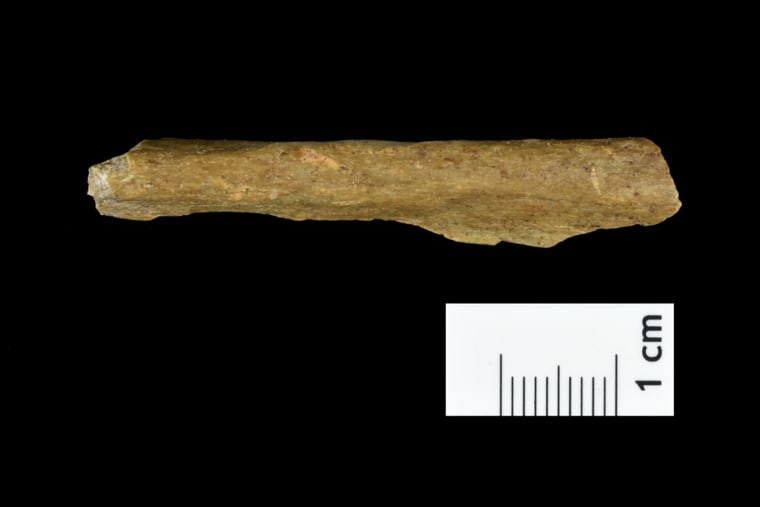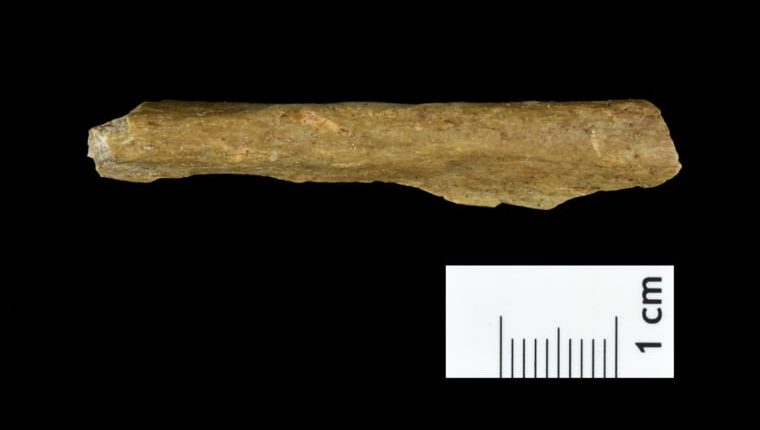Inside a cave beneath a medieval German castle, researchers have discovered a pit of bones that they say unlock secrets of the earliest humans.
The remains — buried in layers of soil in the collapsed cave — contained the genetic material of cave bears, hyenas and 13 bones of early humans who died some 45,000 years ago.
The findings — which were described in a trio of papers published Thursday in the journals Nature and Nature Ecology & Evolution — show that early humans ventured further north earlier than scientists had realized, that they could craft spear-shaped tools, and that humans then had the wherewithal to thrive in temperatures far more frigid than the climate today.
The discoveries, which were made possibly because of the development of new DNA technology, are reshaping how scientists understand the time when both humans and Neanderthals walked the European continent.
“Because of the age of this site and location, we know Neanderthals and humans quite definitively had a large overlap,” said Elena Zavala, a paleo and forensic geneticist at the University of California, Berkeley, who helped author the three studies. The species likely roamed the same geography for hundreds, perhaps thousands, of years.

The discoveries could bring scientists closer to understanding why Neanderthals ultimately died out and what role humans played in their demise.
John Hawks, a University of Wisconsin-Madison paleoanthropologist who studies ancient human relatives but was not involved in this research, said the study helps solidify the theory that patches of different human cultures were developing as Neanderthals neared their end.
“These groups are exploring. They’re going to new places. They live there for a while. They have lifestyles that are different,” he said of the early humans. “They’re comfortable moving into areas where there were Neanderthals.”
These discoveries were only possible because previous researchers left a stone unturned. Archaeologists in the 1920s and 1930s previously excavated the Ilsenhöhle cave, below the Ranis Castle in Germany’s Thuringia region. The castle was built above the cave long before any excavation.
At that time, the scientists hit a more than 5-foot-thick rock, which blocked them from burrowing into key layers of the collapsed cave.
In 2016, armed with modern digging technology and new forms of analysis, the researchers returned. About 24 feet below the surface, they found layers that contained leaf points — which are like spear points — and human bone fragments.
The discovery of human bone fragments sent the researchers digging through the material excavated about nine decades ago — in which they found additional skeleton fragments.
Source: | This article originally belongs to Nbcnews.com










